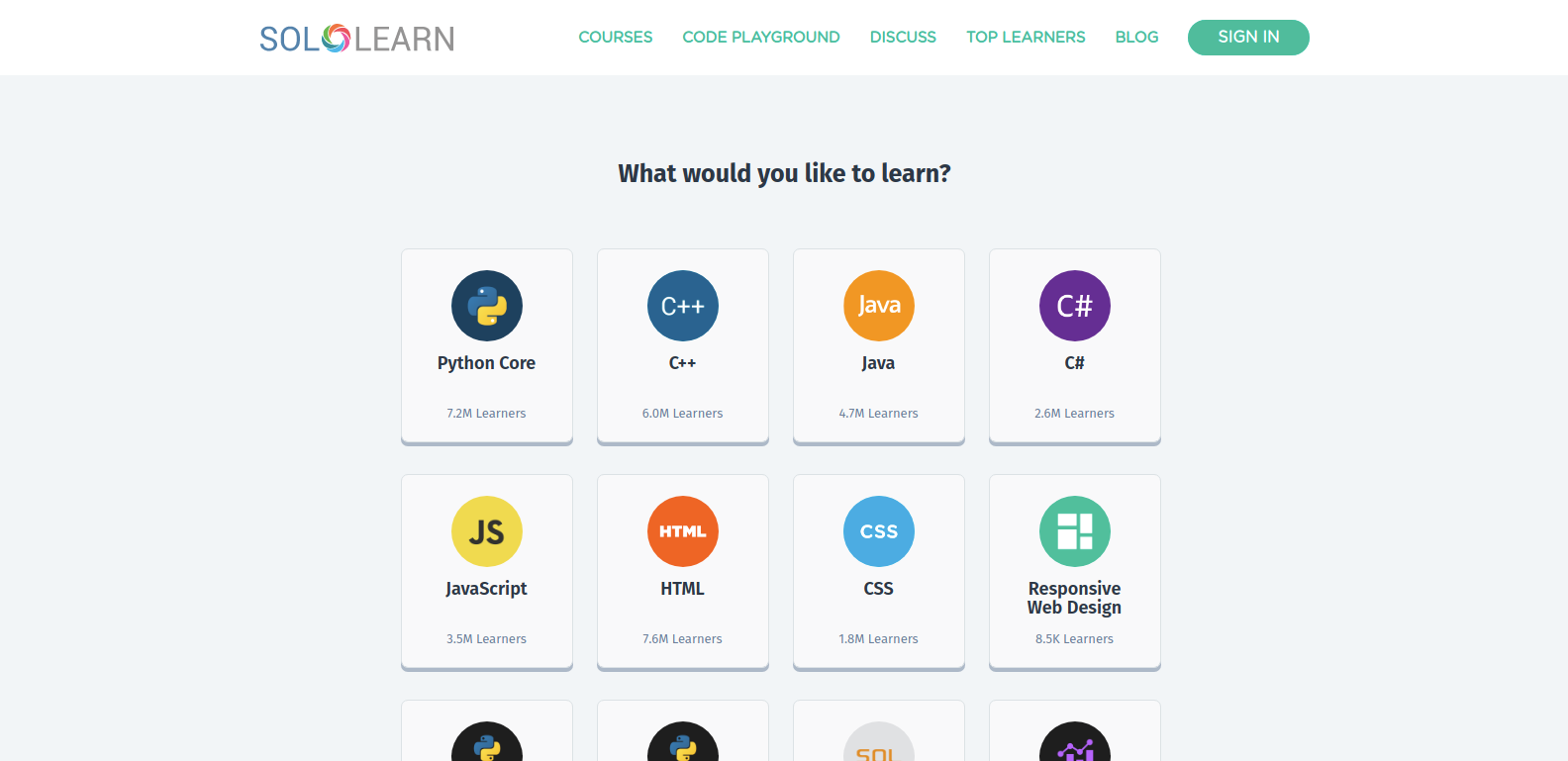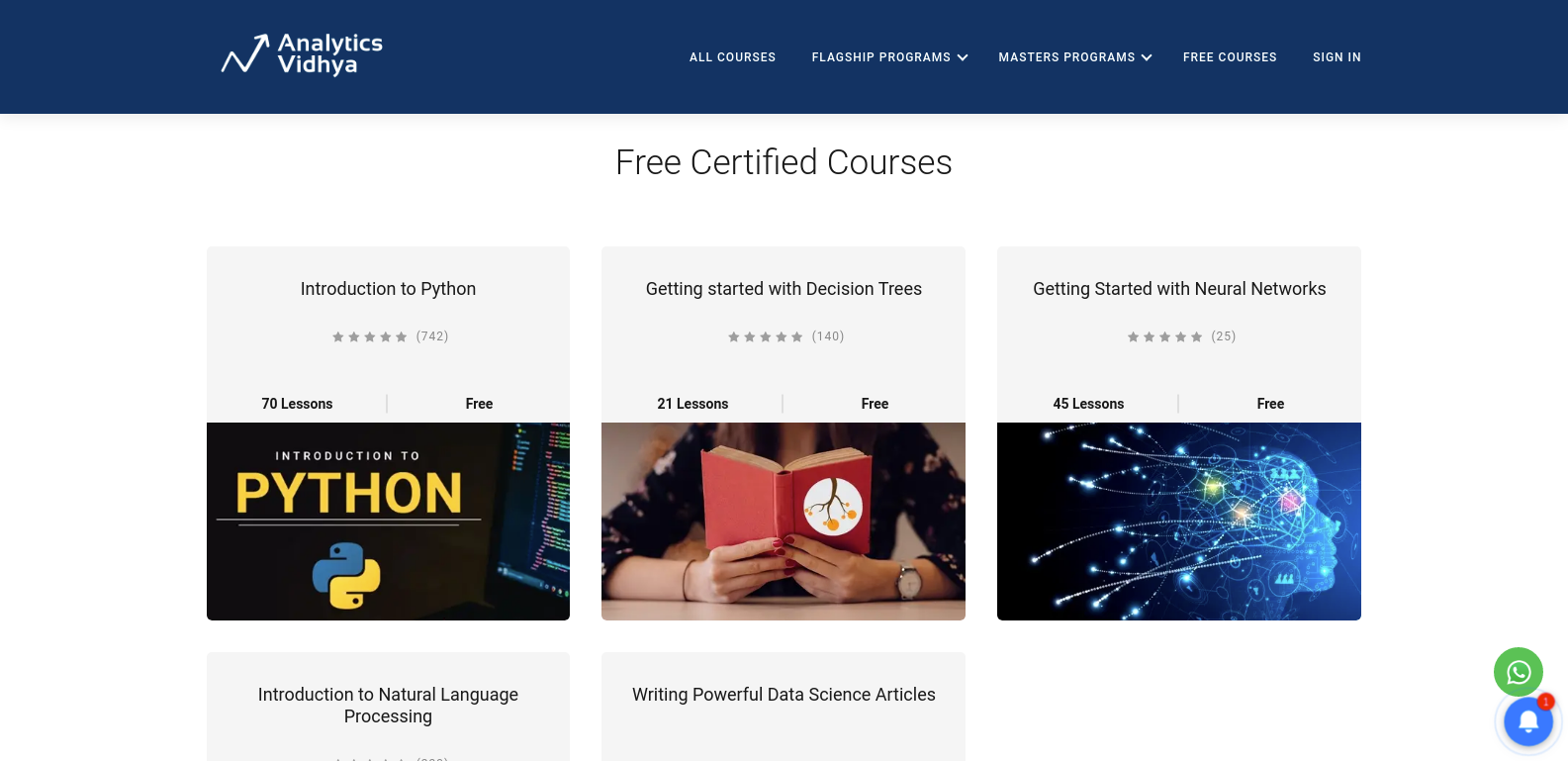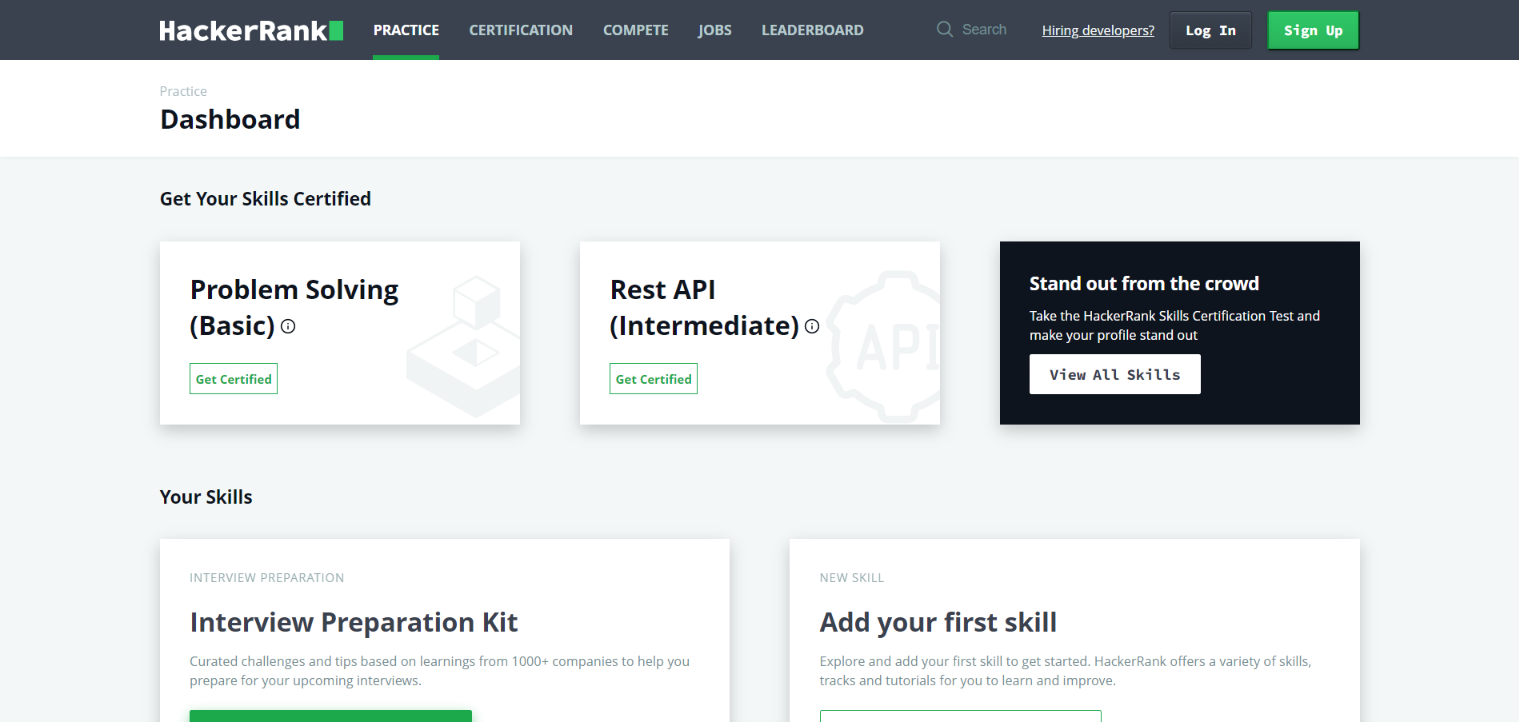Top Online Platforms to Learn Python
What is Python?
Python is arguably the most popular programming language of the 21st Century. Here are some of the reasons why Python is gaining popularity at such an increased rate:
- Python’s readability and syntax, or the words and characters used to communicate with the computer, is simple and intuitive. It’s basically like the English language!
- Python supports multiple paradigms, but the majority would describe Python as object-oriented programming (OOP) language.
- It is a free and open-source language.
- Python has hundreds of different libraries and frameworks which is a great addition to your development process. They save a lot of manual time and can easily replace the whole solution.
Libraries and Frameworks
Below I’ve listed some of the popular libraries frequently used in numerous projects of Data Science and machine learning:
It is great for data analysis and data handling. Pandas provide data manipulation control.
NumPy is a free library for numerical computing. It provides high-level math functions along with data manipulations.
This library is related to scientific and technical computing. SciPy can be used for data optimization and modification, algebra, special functions, etc.
Scikit-learn is a free software machine learning library for the Python programming language. It features various classification, regression and clustering algorithms including support vector machines, random forests, gradient boosting, k-means, etc.
Malplotlib is a comprehensive library for creating static, animated, and interactive visualizations in Python.
Seaborn is a Python data visualization library based on matplotlib. It provides a high-level interface for drawing attractive and informative statistical graphics.
Other fields where Python is used
Other than Data Science, Python has a lot more applications. Being such a flexible and easy-to-use language, it has amassed a huge fanbase for itself. Some of the fields where Python is used are :
- Game development
- Web Development
- Image processing and computer vision
- NLP( Natural Language Processing)
- Medicine and Pharmacology
- Astrophysics and Astronomy
- Particle Physics
- Neuroscience
- GUI ( Graphical User Interface ) development …… and so much more
So as you can see, if somehow you don’t make it as a Data Scientist, you can easily switch your career, and leverage your skills as a Python programmer or developer.
The language’s core philosophy is summarized in the document The Image source, which you can view in any Python IDE by running the following code :
1. Sololearn
Sololearn teaches you python in a very playful and interactive way. The course is divided into many bite-size modules, each with quizzes at its end to test your learning. These modules are also subdivided into topics that help you focus better. Sololearn is also available on Playstore and Appstore that helps you learn on the go.

2. Analytics Vidhya
Analytics Vidhya, in addition to blogs on Data Science and Machine Learning, offers several free courses which will teach you Python and Data science in general, from a beginner to a pretty advanced level. Jupyter Notebook is used by the instructor to practically show the concepts. You can easily download the notebooks for personal practice and later use. Certificates are also provided at the end of the courses.

3. Kaggle
In addition to having a huge Data Science community, Kaggle also offers several free certification courses. Though these courses may not have many in-depth teachings, they offer a nice practice for Kaggle’s interface and kernel, which will be useful for you in the long run, since being a Data Science enthusiast, you will spend most of your time in Kaggle.
4. Krish Naik
When it comes to the availability of free resources, Youtube is one the best sites to look into. The tutorials offered by Krish Naik are really awesome. His teaching methods are on par with courses that are available on respectable websites like Coursera, Edx, etc. The playlist also contains numerous guided projects which will help you understand how Python is used on real-life projects and data.

5. HackerRank
Although this is a website to practice coding, rather than learning to code, I gained more skills in writing programs in Python, from HackerRank than any other course or study material found online. Coding is like mathematics. You have to do it, rather than just studying it in theory. Writing one program per day is a healthy habit, which I follow myself, and recommend every one of you to follow. HackerRank offers practice problems from beginner to pretty advanced level. The UI is great, and the questions are really well written, with examples, so there’s no ambiguity left regarding the questions.
Even after all this, if you can’t make out what the problem demands, you can check out the Discussions tab, where a lot of the community engage and converse to help others with any type of problems they are having (Pro tip: If you just can’t solve the question, there’s always that one guy in the Discussion forum who posts his whole code lol). I highly recommend studying the theory from the above-mentioned resources and practicing problems related to the topics you just studied, side by side, to build a strong foundation of Python coding.

When you are just starting with your Data Science journey, it will be overwhelming, seeing so much material available online. My advice to you is just select a course or program which you think will be good for you, and just start doing it.
Be consistent and keep practicing. Some concepts might seem hard, but don’t worry, look for them on other websites, practice more problems related to that topic, and in no time you will master Python. The above-mentioned websites and courses are the ones I feel helped me a lot while I was starting, and I hope they do the same to you. Cheers!!
The media shown in this article are not owned by Analytics Vidhya and is used at the Author’s discretion.










I’m excited to uncover this page. I need to thank you for your time for this, particularly fantastic read!! I definitely really liked every part of it and I also have you saved to fav to look at new information in your site.